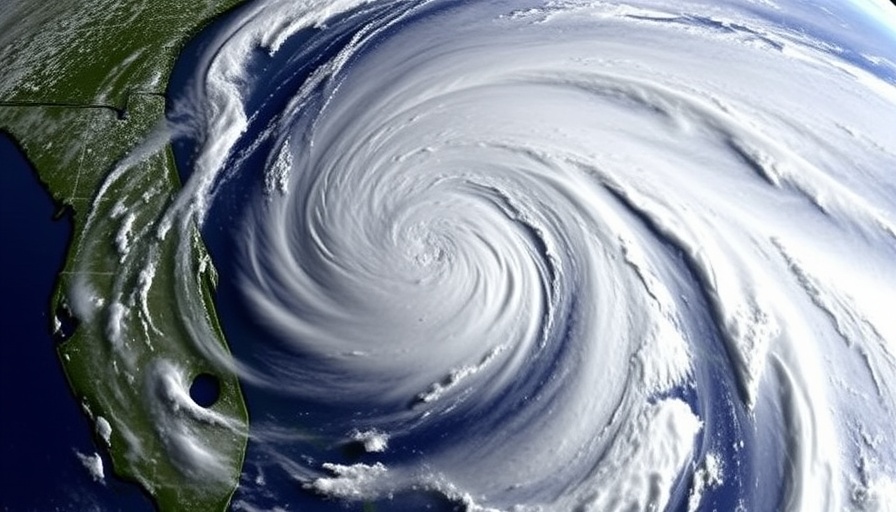
Understanding Diquat: A Chemical in the Spotlight
As concerns over chemical use in agriculture grow, the herbicide diquat has become increasingly contentious. Once embraced for its weed-killing potency, new research reveals alarming consequences. Diquat is implicated in organ damage and harm to gut bacteria, raising red flags not only for environmentalists but also for homeowners and those interested in sustainable living. This research highlights a troubling replacement for glyphosate—previously under scrutiny for its health safety.
The Rise and Scrutiny of Diquat
Diquat, a bipyridyl herbicide, is heavily utilized across the United States in agriculture, especially in orchards and vineyards. Its prevalence has increased with declining usage of other controversial herbicides like glyphosate and paraquat. Yet, as documented by EcoWatch, a comprehensive study reveals that diquat may pose even greater health risks. The alarming characterization of diquat as a toxic carcinogen signals a dire need for reassessment.
Health Risks Associated with Diquat
Studies suggest that diquat’s toxicity primarily affects gut health and organ performance. According to a recent analysis, diquat exhibits >200 times more toxicity than glyphosate concerning chronic exposure. Its mechanisms include inducing oxidative stress in the body, significantly disrupting gut microbiota composition and function—issues of paramount concern for anyone prioritizing wellness or sustainability.
What Makes Diquat Particularly Dangerous?
Diquat not only destroys beneficial gut bacteria but also exacerbates systemic inflammatory responses. This behavior can lead to multiple organ dysfunction, as the chemical prompts ailments impacting the lungs, liver, and kidneys. Homebuyers and property investors should be particularly aware of these findings, as properties in agricultural areas may be subjected to such harmful chemicals, placing both homes and health at risk.
Global Perspectives on Chemical Regulations
It’s worth noting that diquat is already banned in multiple countries, including the European Union, due to its toxic properties. While the EPA remains hesitant in the United States to take similar stances, it raises a crucial question for those invested in property: why is the U.S. lagging in protective measures? Building awareness of the global regulatory framework surrounding these chemicals could guide buyers and sellers to make informed decisions.
The Path Forward: Organic Alternatives and Safety Practices
As research continues to evolve, consumers are encouraged to seek organic alternatives as safer options for weed management. Understanding the potential impacts and embracing naturally derived materials can inspire long-term positive changes in landscaping and gardening practices. Furthermore, homebuyers in areas where such chemicals are prevalent may seek properties that emphasize sustainable practices, creating an opportunity for sellers to reframe their selling points.
Conclusion: The Importance of Sustainable Choices
For anyone immersed in the Dumfries property market, prioritizing sustainable practices and chemical safety cannot be overstated. It's essential to engage with this knowledge and advocate for cleaner, greener alternatives. By prioritizing organic gardening and embracing safer materials, both individual health and community welfare stand to benefit significantly.
As we navigate the balance between property investment and environmental sustainability, staying informed about these topics is not just advantageous; it’s crucial. So consider how this affects your property decisions and what steps you can take for a healthier future.
 Add Row
Add Row  Add
Add 





Write A Comment